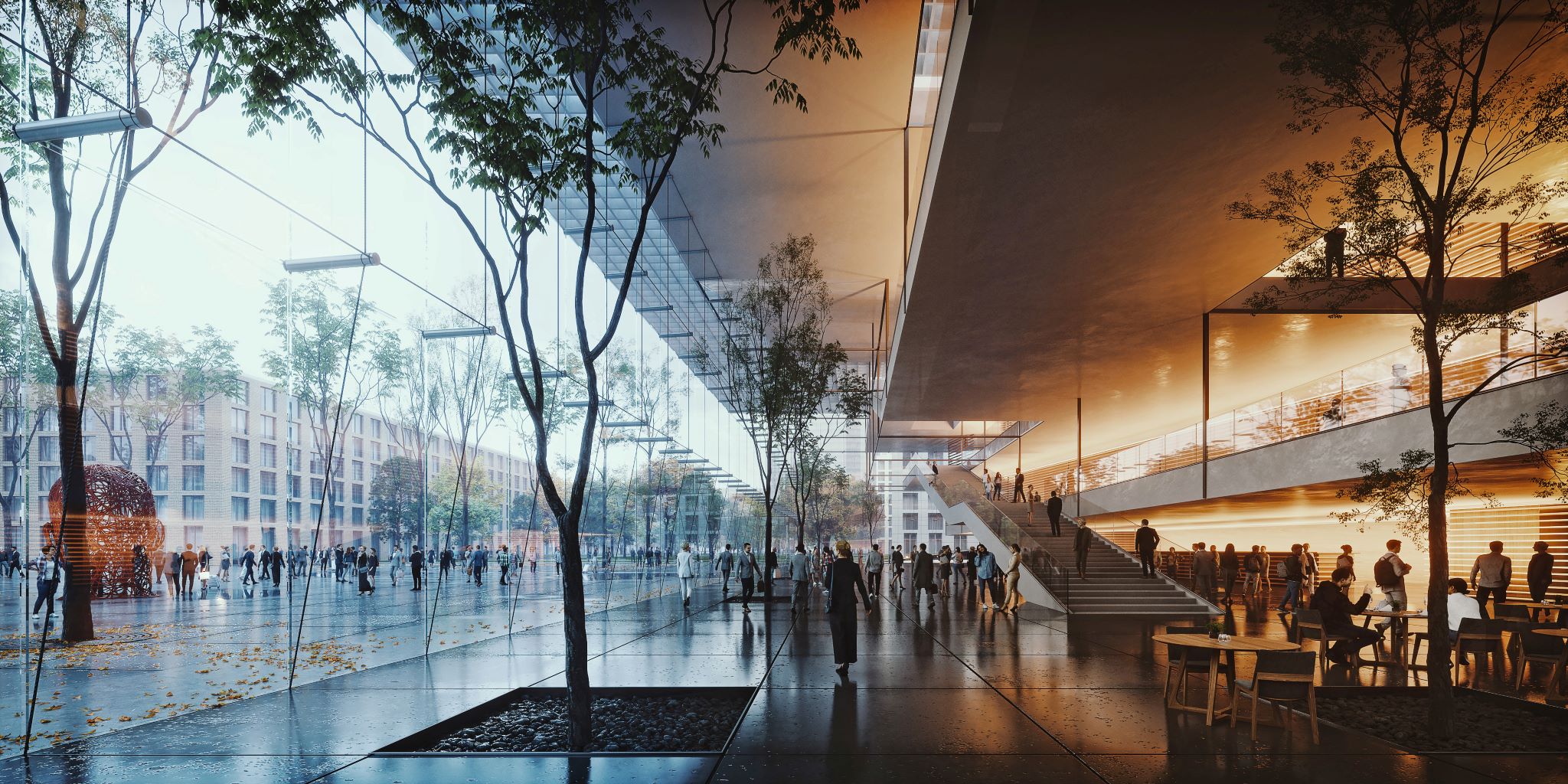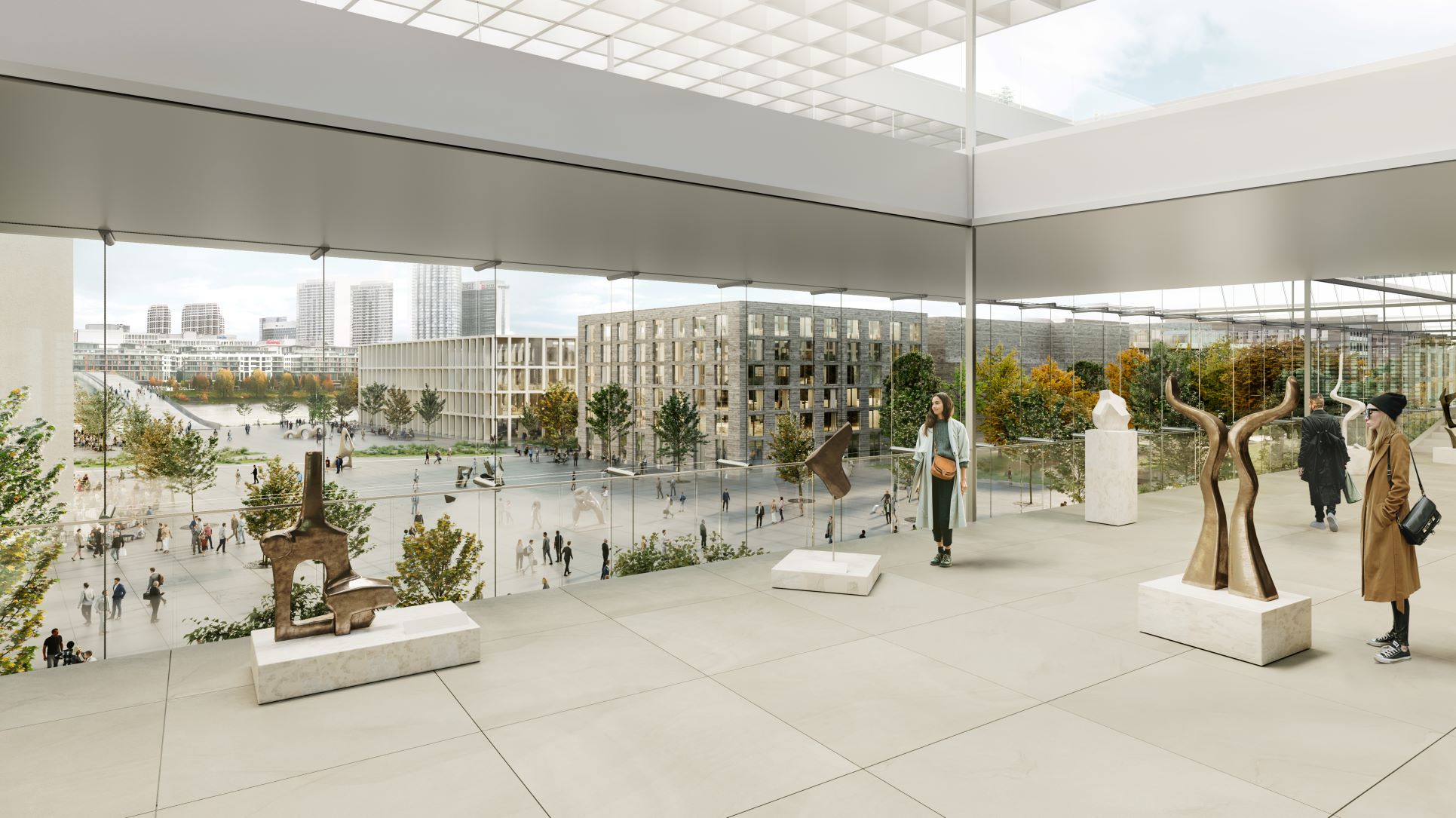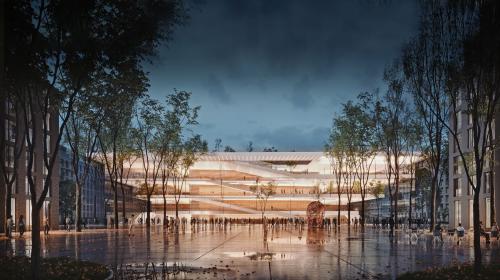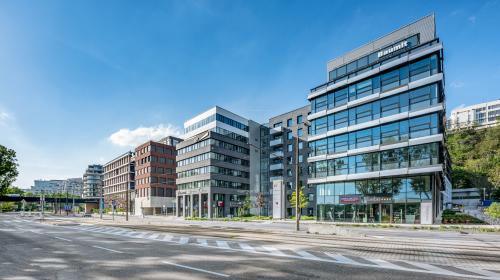Will Bratislava seize the opportunity to be a world congress destination?
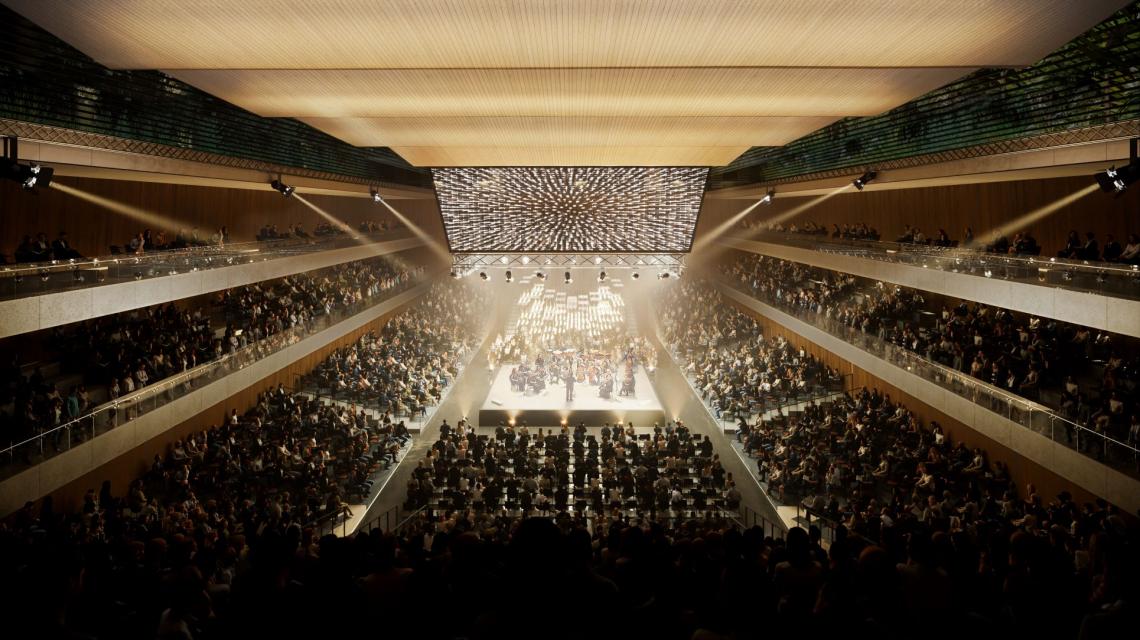
How to leverage the chance to build a contemporary multifunctional cultural and congress centre for Slovakia and Bratislava? A centre that would meet the high requirements of international event organizers, and guarantee the state a return on the pledged investment. JTRE - the leading Slovak developer - has been dealing with the issue of constructing such a centre for over five years. Accordingly, it has entrusted Guarant International with preparing a detailed analysis of the congress tourism industry (MICE segment - Meetings, Incentives, Conferences, and Exhibitions). The resulting study from this renowned and highly-experienced organizer of international events aims to propose recommendations that meet Bratislava’s needs, and especially initiate a public debate about the issue. JTRE recognised that professional discussion was lacking about the current process of finding a suitable location and partner to construct the National Cultural and Congress Centre. Such discussion should also address the centre’s size, for which the state can provide financial assistance up to EUR 60 million.
In February 2020, the Government of the Slovak Republic approved a proposal to release funds to the civic association National Cultural and Congress Centre (OZ NKKC) for a project to build a National Cultural and Congress Centre in Bratislava. It subsequently commissioned this civic association to submit a feasibility study to the Value-For-Money Division (ÚHP) by 15 August 2021.
The government resolution approving the NKKC's support is based on an impact analysis prepared by EY consulting in 2019. The material details the recommended future NKKC capacity, number/size of rooms, general criteria for the site, and emphasizes the need for multifunctionality. However, it does not specify the parameters of the centre’s technical and other fittings. The material also misleadingly states that the construction of a new multifunctional facility with state support will have no impact on the business environment. It does not take into account the existing spaces at which large cultural and social events, congresses and conferences are currently held. The EY analysis - prepared for OZ NKKC - was never published, so it is unclear why this centre capacity and configuration was settled upon.
"EY's analysis emphasizes that the NKKC must focus on large-scale international events. Yet this observation does not correspond to the long-term trend of lower participant numbers due to congresses, conferences, and other meetings being increasingly specialised. So whilst there may be more such events year-on-year globally, such events are smaller. Not to mention the insufficient accommodation capacity of the required standard for such large events (3000 participants) in Bratislava," notes Pavel Pelikán, executive director of JTRE. He adds that during market research for the feasibility study, the OZ NKKC working group did not consider the option of a lower-capacity centre that could offer better value for money to the state, or the possibility to build more smaller facilities or reconstruct existing ones. The EY analysis (conducted in 2019) could not reflect the globally-discussed impacts that the MICE sector has suffered from the ongoing pandemic.
Although EY's analysis addresses the lack of systematic support for MICE development in Slovakia in terms of institutional/personnel capacity, establishing a city/country brand, and developing comprehensive products, the public discussion on this topic has not even begun. And establishing a new destination congress centre is a long-term process, as can be seen in the successful example of Vienna. If we declare our interest in building the NKKC by 2026, Bratislava’s promotion must begin immediately - because event organizers typically choose venues two to three or even five years in advance.
Selecting a location and partner raises questions
The current market research - which is leading to a NKKC feasibility study and recommendation of suitable location and partner for building the centre - included JTRE (as one of three candidates - others being Immocap and Incheba) completing several rounds of online interviews with an OZ NKKC working group. "The last communication was early May this year when we sent the required documents to the working group, and raised several issues that we consider need to be clarified for the appropriate preparation of the centre's project. Throughout the communication, we passed on a lot of know-how about the organization and operation of congress centre. Yet we did not receive answers to questions or requests for the clarification of site and partner selection criteria, centre parameters, requirements for equipment and operation, the developer's role in selecting suppliers, or access to selecting the centre’s operator - without which a suitable standard of equipment and financial operational model of operation cannot be processed," observes Pavel Pelikán.
The feasibility study mainly aims to convince the state that the facility as a future NKKC is meaningful for society, and can return state-invested funds to the state budget in various forms and synergies. "But we don’t know to what extent the feasibility study will be prepared. We don’t know whether one "winning project" or all three projects competing to cooperate with OZ NKKC will be evaluated. We don’t know whether the feasibility study will also consider important options for the state, such as a centre with lower/higher capacity than that defined by OZ NKKC; and/or the distribution of EUR 60 million for more projects, including the option of reconstructing existing buildings. And only if the feasibility study is prepared with variants can it prove which alternative is advantageous for the state in terms of the centre’s future operation, and with the most chance of success in attracting MICE segment events or specialised cultural events," adds Pavel Pelikán.
Cultural and congress centre of the future
In the five pre-pandemic years, the number of events with over 500 participants dropped dramatically. Most - over 60 percent - were only for 50 to 249 participants, according to a study by Guarant International for JTRE. Events with over 2000 participants represent just over 2% of all events in the long-term. According to Guarant International experts, it can be generally concluded that more - but smaller - meetings have taken place in recent years.
Compared to surrounding cities, Bratislava leads the field in organizing meetings in spaces not designed for such purpose in the absence of a modern congress centre. This shows a high degree of improvisation and just-in-time solutions, whilst organizers accordingly choose our city for less lucrative events. The Guarant International study finds that to fill this gap in the range of spaces for congresses and culture, the NKKC should prioritise MICE events for 250 to 2,000 visitors. Smaller and larger events should be additional clientele.
In addition to maximum flexibility of space as required by the government material, the exhibition centre also needs larger exhibition areas, spacious foyer for networking, and ample seminar rooms for intensive individual work. Also necessary are interactive technologies, functional equipment of halls, and - with increasing numbers of female participants - even more important are interior design, and fashionable/comfortable fittings. The Guarant International study shows that when considering a location, organizers prioritise smooth supplies by vehicles during the day and night, and leisure opportunities in the immediate vicinity of the venue are important for participants. The study also acknowledges that the sooner the centre’s future operator is known, the more effectively the centre will be designed.
Recommendations for Bratislava centre:
- representative location near the historic city centre within walking distance to accommodation and leisure activities (culture, wellness, sports, gastronomy) -Bratislava’s legally-binding zoning plan envisions a cultural and congress centre on the Danube embankment
- quick access from international airports
- smooth 24/7 access for supply vehicles
- capacity primarily focused on events for 250 to 2,000 visitors
- maximum flexibility of main hall with sufficient headroom
- large foyer for informal meetings
- spacious exhibition spaces for company presentations
- adequate space and facilities for catering
- ample seminar rooms for business meetings
- option to completely separate participants of parallel events
- openness of centre and connection with outdoor public spaces where participants can relax in parks or by the river
- ecological sustainability and accessibility (barrier-free)

